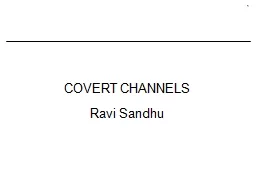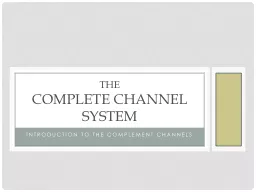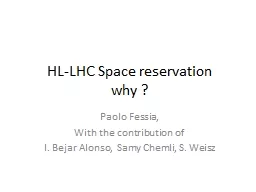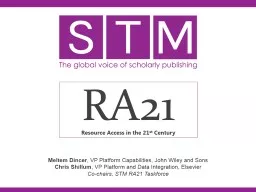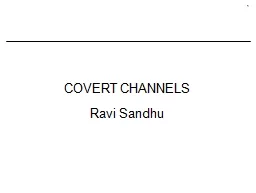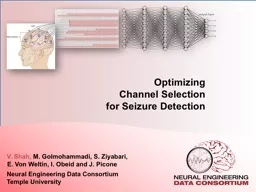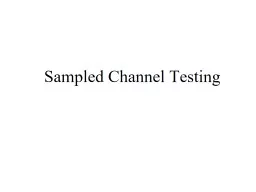PPT-Channel Reservation Protocol for Over-Subscribed Channels a
Author : briana-ranney | Published Date : 2016-06-11
George Michelogiannakis Nan Jiang Daniel Becker William J Dally This work was completed in Stanford University HPC and datacenter networks increasingly oversubscribed
Presentation Embed Code
Download Presentation
Download Presentation The PPT/PDF document "Channel Reservation Protocol for Over-Su..." is the property of its rightful owner. Permission is granted to download and print the materials on this website for personal, non-commercial use only, and to display it on your personal computer provided you do not modify the materials and that you retain all copyright notices contained in the materials. By downloading content from our website, you accept the terms of this agreement.
Channel Reservation Protocol for Over-Subscribed Channels a: Transcript
Download Rules Of Document
"Channel Reservation Protocol for Over-Subscribed Channels a"The content belongs to its owner. You may download and print it for personal use, without modification, and keep all copyright notices. By downloading, you agree to these terms.
Related Documents


